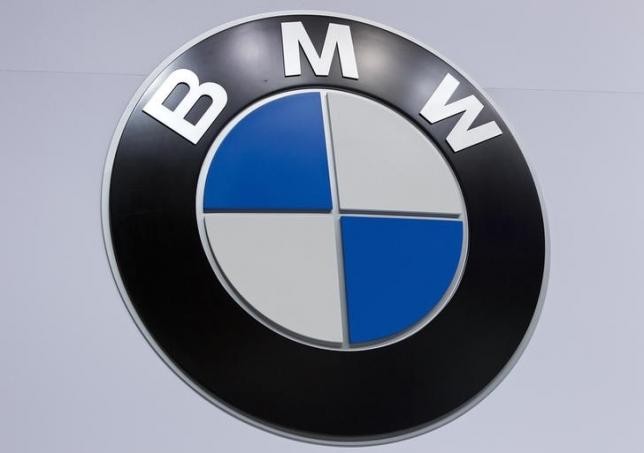BMW recently unveiled its 5 Series Gran Turismo hydrogen Fuel Cell Electric Vehicles (FCEV) car during the company's Group Innovation Days. The hydrogen-fueled prototype was unveiled along with the i8 hybrid research car that aims to combine both electric motor and hydrogen-powered engine.
BMW released a statement saying, "The development of a series-produced FCEV provides the opportunity to integrate the variable drive system architecture into a bespoke vehicle architecture and so provide the perfect showcase for the qualities customers will most appreciate."
According to Tech Times, the i8 and the GT was constructed with using the same array of fuel cell rods located at the front part of the cars chassis. BMW has yet to confirm this news.
BMW is working together with Toyota in the development of FCEV cars. The two companies also aim to fully integrate hydrogen FCEV parts and have it ready for mass production before 2020.
When the i8 was released, it came with a 3-cylinder gas powered engine with two electric motors. The car can reach 23 miles using the electric motor and switches to gasoline once the battery are completely drained. The two engines produce 357 of combined horsepower.
On the other hand, the hydrogen version of the i8 only produces 268 combined horsepower together with the electric motor. The car also takes six seconds to reach 60 MPH from zero.
The 5 Series GT, which was unveiled together with the new i8, uses hydrogen fuel cell in order to power its electric motor. The car packs 245 horsepower and can reach 300 miles while powered by hydrogen, according to Engadget.



























